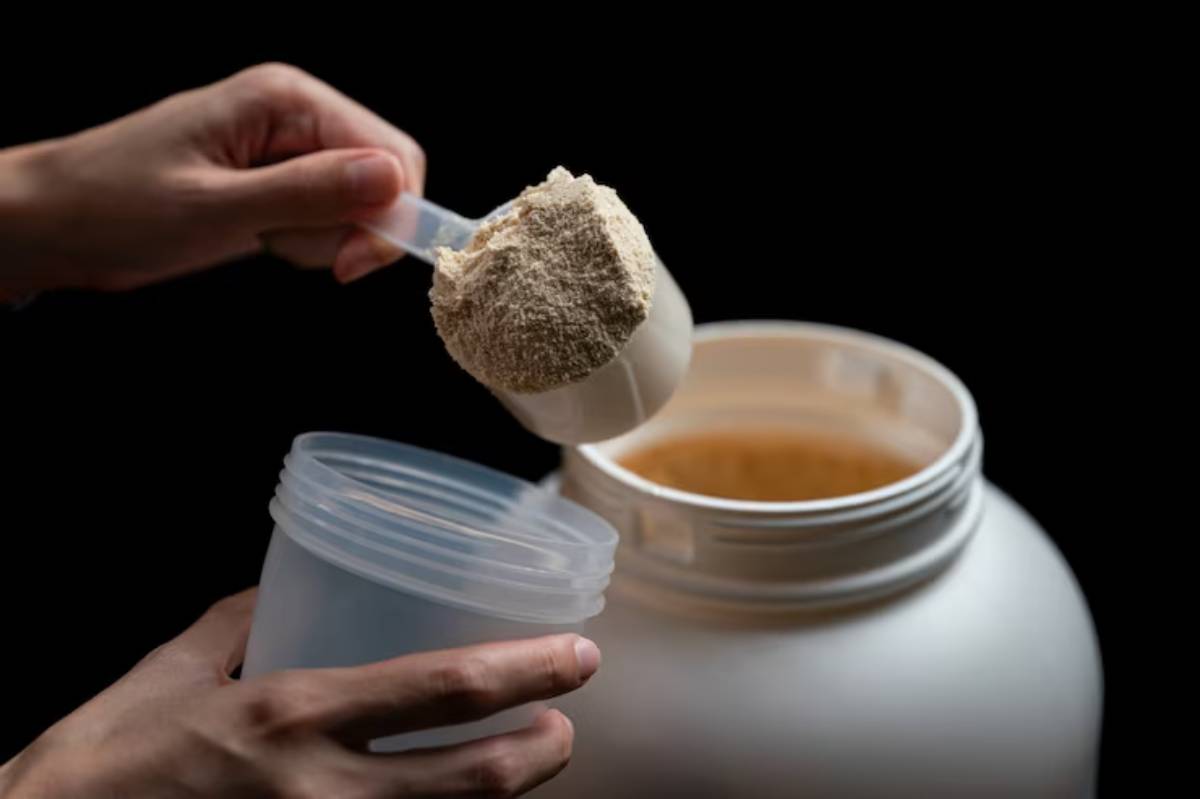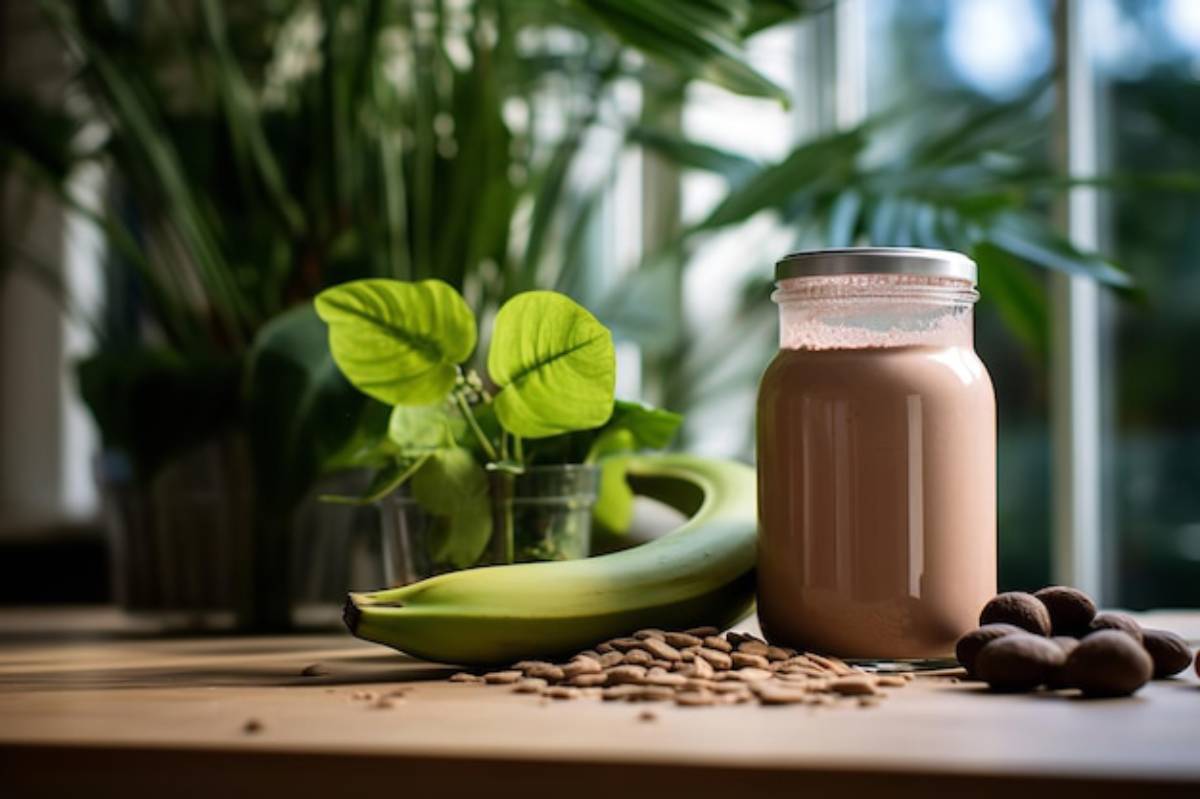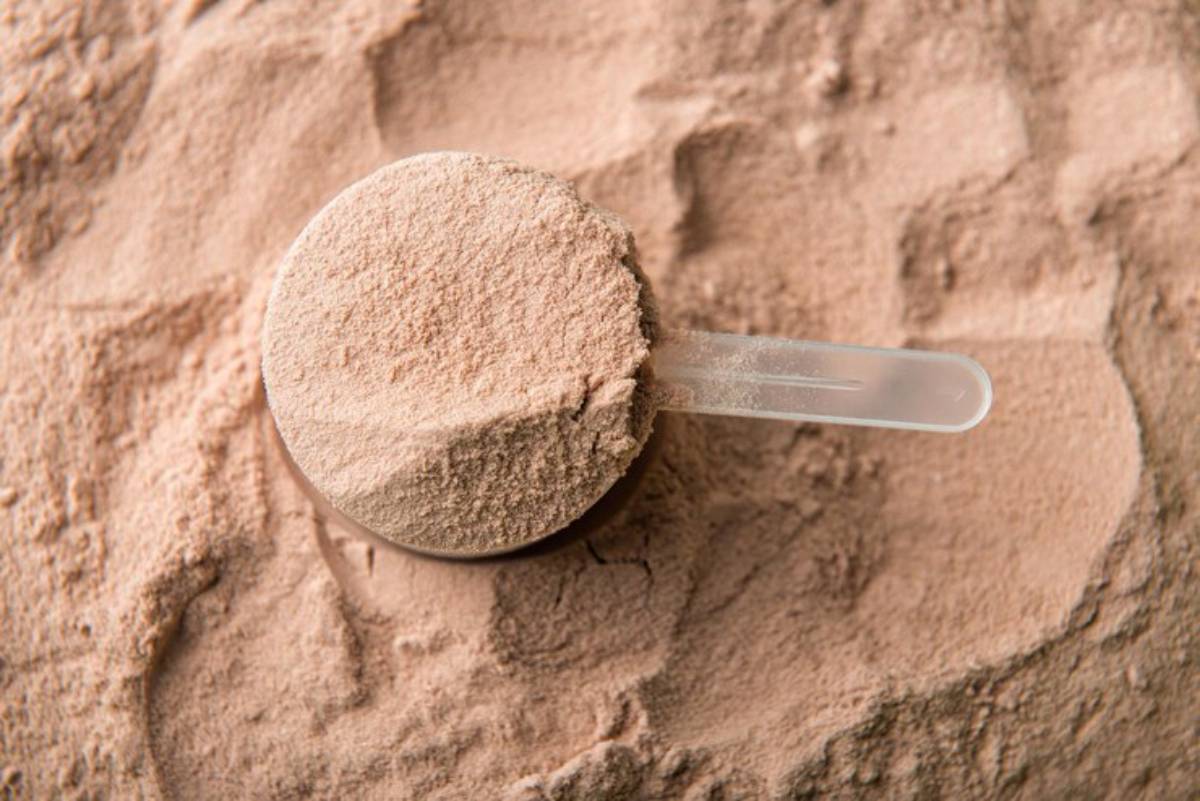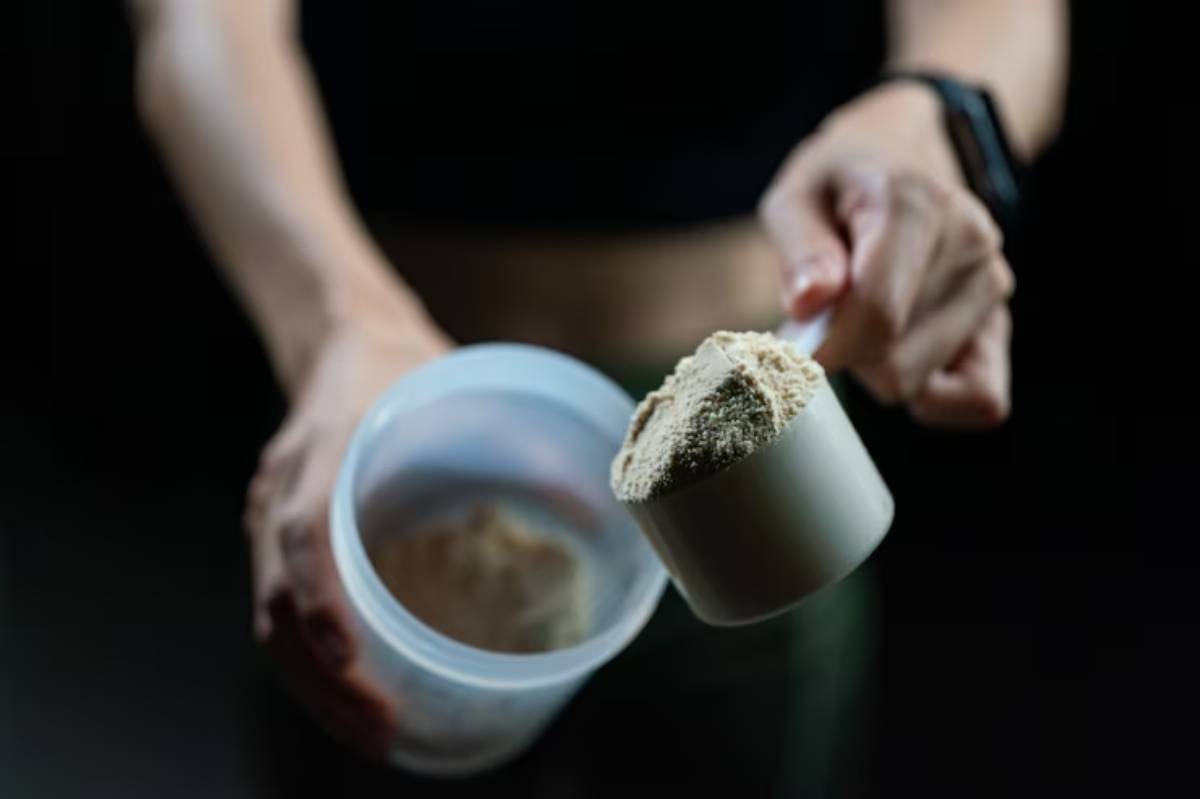
Mass Gainers: Who Should Use Them and Why
If you’ve ever struggled to pack on muscle despite lifting hard and eating plenty, you’re not alone. For some people, eating enough calories consistently is the toughest part of the bulk-up journey. This is where mass gainers come into play.
These high-calorie blends are often misunderstood. Are they magic muscle-makers? Not quite. But used wisely, a weight gainer supplement can make the difference between spinning your wheels and seeing real size gains.
In this guide, we’ll break down exactly who should use mass gainers, why they work, what to look for, and how to integrate them into a realistic, goal-focused plan. Whether you’re a hardgainer, athlete, or time-strapped lifter, this is your go-to resource for bulk up nutrition made simple and smart.
What Are Mass Gainers?
A Closer Look
Mass gainers are dietary supplements designed to help users consume more calories, protein, and carbs quickly and efficiently. They’re typically powdered mixes that you combine with water or milk to make a high-calorie shake.
Typical Nutritional Breakdown
- Calories: 500 to 1,200+ per serving
- Protein: 20 to 60 grams (usually from whey)
- Carbs: 70 to 250 grams (often maltodextrin or oats)
- Fats: 5 to 20 grams (sometimes MCT oil or healthy fats)
Common Ingredients
- Whey or casein protein
- Maltodextrin or complex carbs
- Fats from oils or whole foods
- Creatine, digestive enzymes, vitamins (in premium versions)
Who Should Use Mass Gainers?
1. Hardgainers / Ectomorphs
Struggle to gain weight despite eating plenty? Mass gainers help create a calorie surplus without constant eating.
2. Athletes with High Energy Demands
Endurance athletes and high-output trainers often need dense calories to support recovery and growth.
3. Busy Professionals or Students
When prepping meals isn’t feasible, a mass gainer shake can bridge the gap.
4. Anyone in a Bulking Phase
Mass gainers ensure you maintain a consistent caloric surplus — essential for muscle growth.
5. Recovering from Illness or Injury
Easy-to-digest, high-calorie nutrition helps rebuild lost weight and muscle.
Compare with How to Choose Between Mass Gainers and Protein Powders.
Who Should Avoid Mass Gainers?
- Individuals with insulin resistance or diabetes
- People prone to fat gain or bloating from high-carb loads
- Anyone aiming for lean recomp or fat loss
Pro Tip: Always check the ingredient label. Not all gainers are created equal — some are glorified sugar bombs.
Benefits of Mass Gainers (When Used Correctly)
- Convenience: Ready in minutes with no cooking.
- Caloric Surplus: Helps hit macro goals easily.
- Muscle Growth Support: Fuels protein synthesis and recovery.
- Digestive Ease: Premium options reduce bloating.
- Customisation: Blend with whole foods or supplements for enhanced benefits.
What to Look for in a Quality Mass Gainer
1. Protein-to-Carb Ratio
- Ideal: 1:2 or 1:3 for lean bulking
- Avoid 1:5 unless highly active
2. Source of Carbohydrates
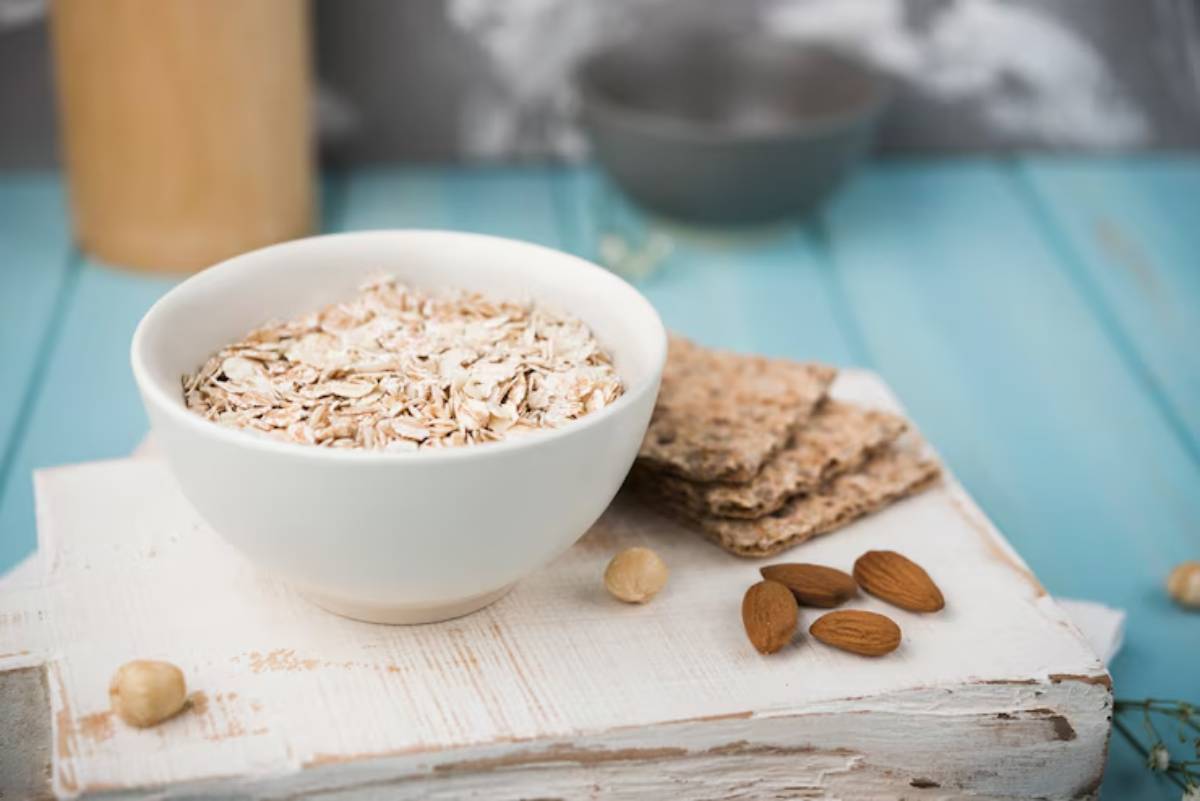
- Prefer oats or quinoa over maltodextrin
3. Type of Protein
- Whey isolate (fast digesting)
- Casein (slow-release)
4. Digestive Support
- Digestive enzymes
- Fiber
5. Added Extras
- Creatine
- MCTs
- Micronutrients
Watch Out For:
- Sugars >20g per serving
- Artificial flavours or fillers
When and How to Use Mass Gainers
Best Timing:
- Post-workout: Replenishes glycogen and supports repair
- Morning: For those with low appetite
- Between meals: Adds calories without suppressing hunger
How to Prepare:

- Optional: Add banana, oats, peanut butter for extra calories
- Mix 1–2 scoops with 300–500 ml of water or milk
- Consume within 30–60 minutes post-workout
Sample Daily Bulking Routine
| Time | Meal / Supplement | Calories | Notes |
| 7:00 AM | Mass gainer shake | 600 | Quick start to the day |
| 10:00 AM | Whole-food meal | 700 | Balanced carbs/protein/fats |
| 1:00 PM | Mass gainer + creatine | 650 | Pre-training fuel |
| 3:00 PM | Workout + post-gainer | 800 | Recovery & muscle synthesis |
| 6:30 PM | Dinner (whole food) | 750 | Protein-rich, slow carbs |
| 9:00 PM | Casein shake | 300 | Overnight recovery |
Common Myths About Mass Gainers
- Myth #1: They’re Just Sugar
Truth: Clean gainers use oats or low-GI carbs and are highly effective for lean mass. - Myth #2: They Make You Fat
Truth: Only in a caloric surplus without training. Otherwise, they support muscles. - Myth #3: Real Food Is Always Better
Truth: Whole food is king, but gainers are tools when food isn’t enough.
Pros and Cons Recap
Pros
- Efficient calorie boost
- Easy prep and digestion
- Customisable
- Ideal for fast metabolisms
Cons
- Can be expensive
- Not a whole-food replacement
- Some contain poor-quality ingredients
Real User Experiences
Arjun (22, Underweight Lifter)
“I was stuck at 60kg for a year. Two shakes a day and a structured plan helped me hit 68kg in 4 months. Game changer.”
Zoe (31, CrossFit Athlete)
“I burn over 2,500 kcal daily. A clean gainer with oats and MCTs helps me avoid under-fuelling and injury.”
Harish (27, Desk Job + Evening Lifter)
“With meetings all day, I rely on gainers for 2 of my 5 daily meals. It keeps my bulk on track.”
How to Cycle and Monitor Progress
- Use during bulking or high-output phases
- Track weekly weight
- Adjust the serving size if fat gain increases too fast
Helpful Metrics:
- Mirror: Are you gaining size or puffiness?
- Scale: Aim for 0.25–0.5 kg/week
- Lifts: Strength up = likely muscle up
Conclusion: Bulk Smarter, Not Harder
A mass gainer isn’t a magic potion, but it can be a highly effective tool when used strategically. For hardgainers, high-output athletes, or time-crunched lifters, it delivers calories, recovery support, and muscle fuel in a fraction of the time whole meals require.
Focus on quality ingredients, match it to your lifestyle needs, and always use it alongside a structured training programme and nutrient-rich diet.
Share Your Gainer Journey
Have you tried mass gainers? What worked best for you? Any favourite blends or recipes?
Drop your story in the comments and don’t forget to explore . How to Choose Between Mass Gainers and Protein Powders for more insights.
